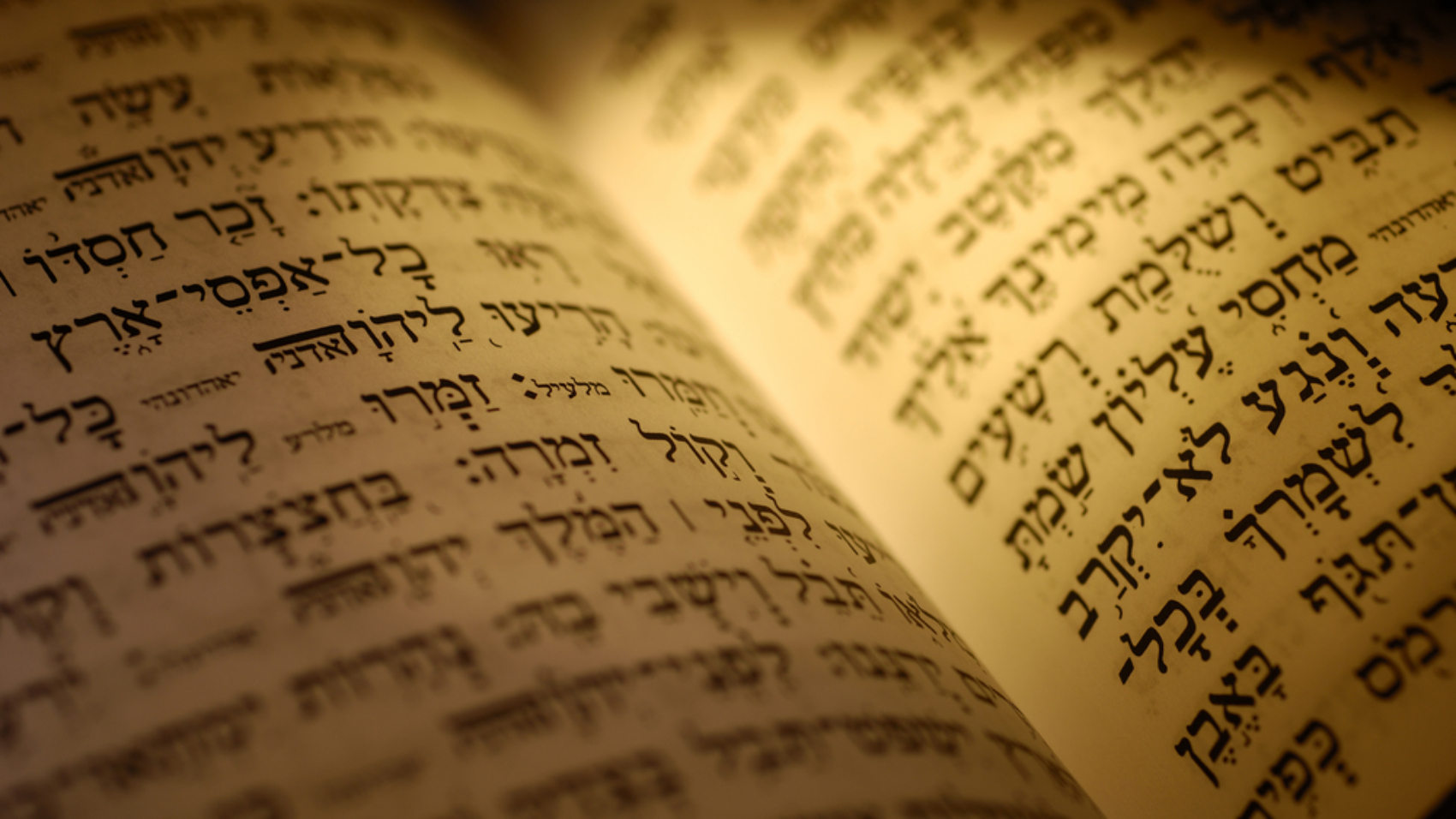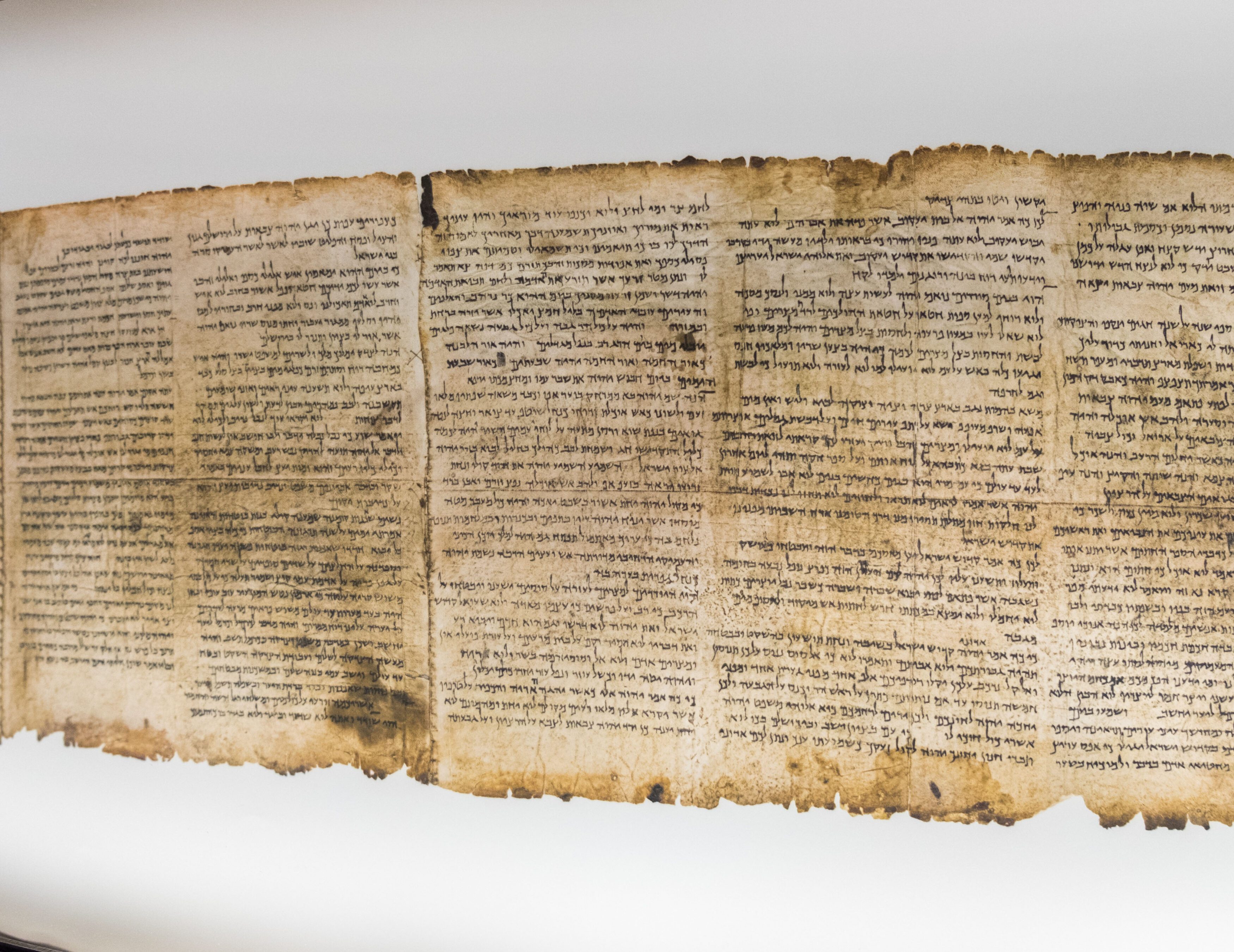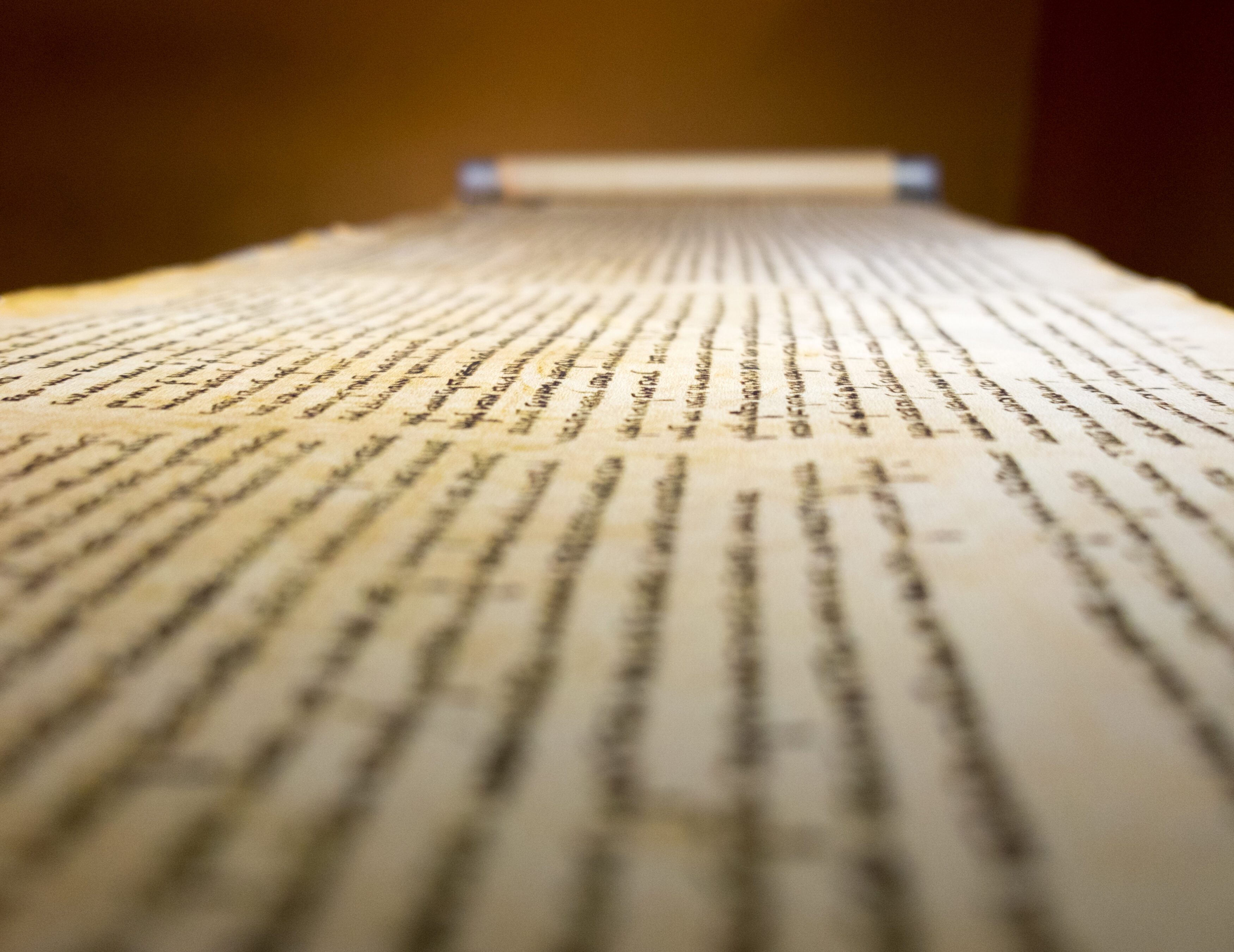After Yeshua’s departure and as the years went by, many non-Jewish people of multiple backgrounds entered the community of his followers, whose influence, little by little, began to distance themselves from the Jewish community…
Jesus was born in Bethlehem, a few kilometers from Jerusalem. His parents were from the tribe of Judah. He was circumcised on the eighth day, according to the Law of Moses. He was raised and educated in Nazareth. At the age of 13, he visited the Temple to enter into his adult life, doing his bar mitzvah. Every year, he went up to Jerusalem at least three times for the Feasts of Yehovah: Passover (Pesach), Pentecost (Shavuot), and the Feast of Tabernacles (Sukkot), as commanded by the Scriptures. His disciples were all Jews. He attended the synagogue on Shabbat (Saturday). As a member of the Jewish community, he kept the biblical diet. All his teachings were based on what we know as the Old Testament, primarily the Pentateuch or Torah. With all these backgrounds, don’t you wonder: Why then does he have a name that is not Hebrew?
At the time Jesus lived, there was much discontent because their land was occupied by the Romans. The Romans wanted to impose worship of the empire and its rulers as if they were gods, which conflicted with the Jewish faith, leading to frequent riots and uprisings against the Romans, who eventually destroyed the Temple in 68 AD.
By then, the community of Jesus’ followers began to be harassed by both the Romans and the Temple leaders, who were a corrupt caste, as Jesus had denounced.
(Let’s take a brief pause to clarify that Jesus’ original name was Yehoshua, although according to the custom of the time, the shorter name Yeshua was used. We will use this name to refer to our Lord from now on).
After Yeshua’s departure and over the years, many non-Jewish people from various backgrounds joined the community of his followers. Their influence gradually led to a separation from the Jewish community that did not accept them, which was continuously confronting the Romans due to their faith. History tells us that those of the Way, as the followers of Yeshua called themselves at the beginning, ended up being victims of the Romans as well.
It becomes evident that when they copied the gospels and other documents of the New Testament to make them available to the multiple groups that were emerging, they found an easy way to make adjustments to the names of people and places, thus disconnecting all the protagonists of the stories narrated there from their origins..
Thus, Yeshua became: Iesous in Greek, and eventually Jesus in English. A similar transformation occurred with all the other characters: Shimon became Peter; Yohanan, John; Mattityahu, Matthew; etc. This also happened with Old Testament characters: Yesha’yahu – Isaiah; Yirmeyahu, Jeremiah; Yehezkel, Ezekiel, to name a few. Places and city names were not exempt: Beit-Lehem (house of bread) became Bethlehem; Beit-Anyah (house of poverty) became Bethany; etc.
While we do not claim this diminishes the credibility of the Scriptures, it does disconnect the narratives from their cultural background; we cannot deny that when reading about a character named Peter or John, we think of people we know, and such names do not evoke images of people from another culture. It is curious that almost none of these transliterated or translated names relate to the original culture.
Why is the Jewishness of Yeshua important?
When we open our eyes to this reality, we realize that Yeshua is part of God’s plan with the people of Israel. Yeshua did not come to establish a community separate from Israel but to continue the Abrahamic faith, of which we are a part, restoring obedience to God’s revelation without disconnecting from its cultural roots.
At this point, it is important to see the effect of Yeshua and his teachings on his immediate followers. Did they abandon their culture and beliefs? No. On the contrary, they affirmed them. Did they renounce their Jewish identity? Not at all; the book of Acts testifies to their zeal and faithfulness in obeying Yehovah’s Word (Torah).
What is certain is that Yeshua restored obedience to the instructions (Torah) given by God to His people, teaching and modeling them with his own life, thus opening the doors of the Kingdom for anyone who wishes to enter.
This is what our work at A Rood Awakening is about: providing you with videos, topics, Bible studies, and everything you need to immerse yourself in Yeshua’s (Jesus’) cultural dimension and that of other characters, which will open your eyes to a surprising understanding of the message that our Father Yehovah has brought to you.
If you have any questions or need guidance, please do not hesitate to write to us using the Comment section below.








